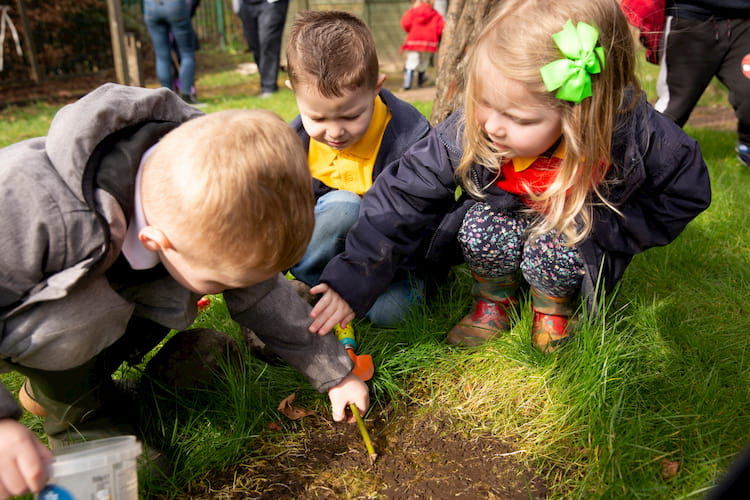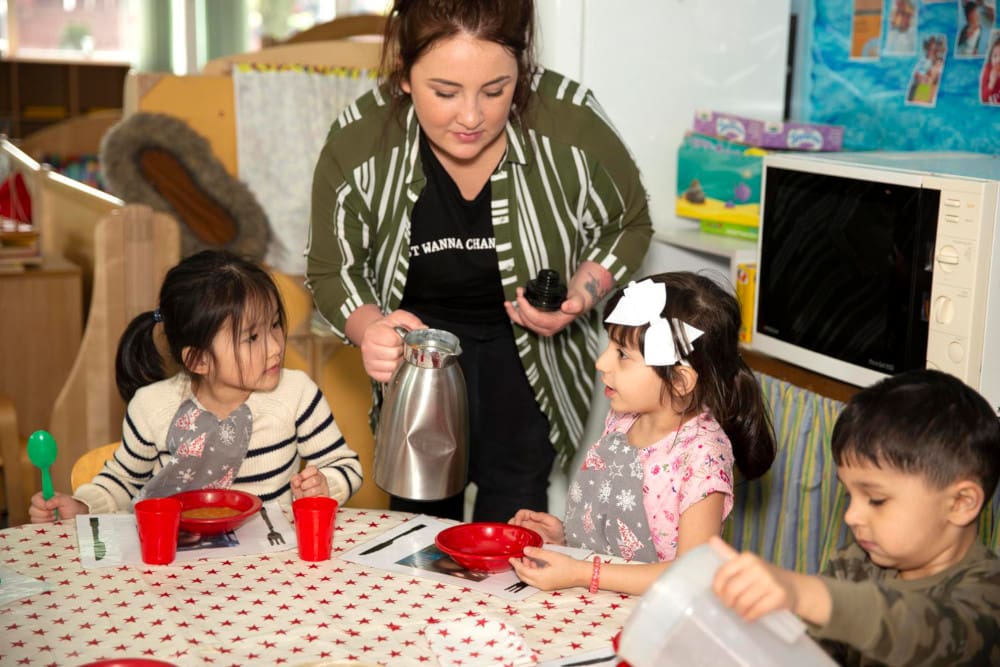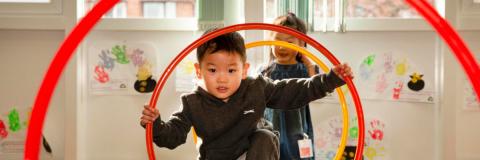If you’re trying to pick between a few different early learning and childcare (ELC) settings for your child, having a look at their inspection report may help you decide. They’re handy guides that tell you how well a setting has been performing, which should help you make your final decision.
What does an inspection cover?
The purpose of an inspection is to find out how well children are being cared for and make sure they’re getting lots of opportunities to learn through play.
To create the report, inspectors from the Care Inspectorate and/or Education Scotland will visit the ELC setting. During the visit, inspectors observe children as they play, talk to staff and ask some children how they’re getting on, as well as asking parents for their opinion. They might also look at what the children have created, and read reports on their progress.
Where do I find an inspection report?
Inspection reports of ELC providers are available on the websites of both the Care Inspectorate and Education Scotland. If it’s a nursery that’s attached to a school, you might need to search under the school name, as Education Scotland usually inspect them both together.
How do they judge the ELC provider?
The same six-point scale is used in both the Education Scotland and the Care Inspectorate reports:
Level 6 is Excellent and is rated as outstanding or sector leading.
Level 5 is Very Good and is rated as having major strengths
Level 4 is Good and has major strengths with areas for improvement.
Level 3 is Satisfactory/Adequate with its strengths just outweighing its weaknesses.
Level 2 is Weak and has important weaknesses.
Level 1 is Unsatisfactory with major weaknesses.
What do inspection reports cover?
The Care Inspectorate reports have an overview of the setting and what they offer, and also include quotes from parents, which is a great way to find out what mums and dads like you really think.
There are four main areas that are given a grade, which then make up the overall score on the 6 point scale mentioned above.
These are:
- How good is our care, play and learning?
- How good is our setting?
- How good is our leadership?
- How good is our staff team?
The bulk of the report covers what the setting does well and what it could do better, with a summary for number of requirements, recommendations and complaints made.
Education Scotland inspects all settings delivering educational services, including ELC settings that deliver funded hours. Inspectors focus on the quality of children's learning and achievement and have a particular interest in how the setting is developing children's skills and understanding in literacy, numeracy and health and wellbeing.
Settings are currently inspected against a number of quality indicators to help settings answer 3 key questions:
- Leadership and Management: How good is our leadership and approach to improvement?
- Learning Provision: How good is the quality of care and learning we offer?
- Successes and Achievements: How good are we at ensuring the best possible outcomes for all our learners?
Who are the Care Inspectorate?
The Care Inspectorate carries out inspections on care services to make sure they're meeting the right standards. You can also browse its full list of care services, where the latest report for each care service is available. This includes reports on:
- Childminders
- Child day care
- Childcare agencies.
Who are Education Scotland?
Education Scotland is a government body which also inspects ELC providers and looks at the quality of children’s learning and achievement.
Making a complaint
If your child’s already in ELC and you want to make a complaint, this can also be made to the Care Inspectorate.
If you’re unhappy about a decision the local authority has made in regards to your child’s ELC, whether that is a placement decision or a discretionary decision you can find the complaint process on your local authority website. All local authorities have a duty to fully investigate complaints. If you are not happy with the way the local authority deals with your complaint they will signpost you to the next stage of the process.
 Activities & Play
Activities & Play Behaviour
Behaviour Childcare
Childcare Development & Growing Up
Development & Growing Up Family, Friends & Relationships
Family, Friends & Relationships Feeding Your Baby
Feeding Your Baby Food & Eating
Food & Eating Health & Safety
Health & Safety Mental Health & Wellbeing
Mental Health & Wellbeing Money & Work
Money & Work Online Behaviour & Safety
Online Behaviour & Safety Pregnancy & First Days
Pregnancy & First Days School & Education
School & Education Sleep
Sleep











 Activities & Play
Activities & Play
 Money & Work
Money & Work